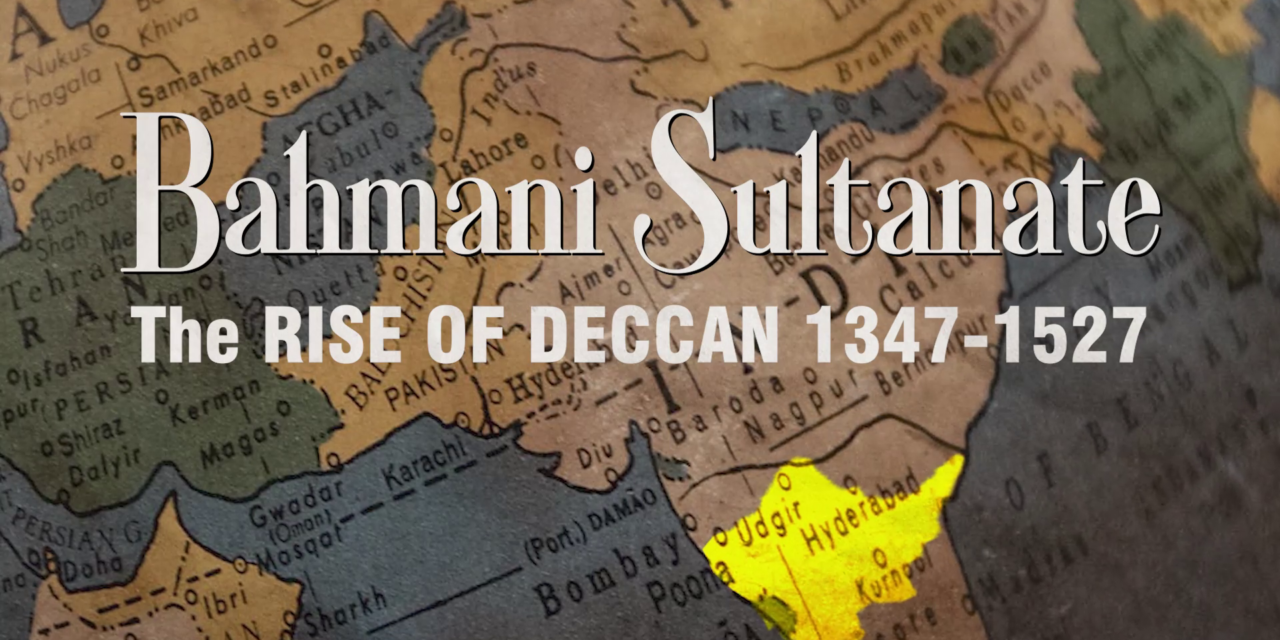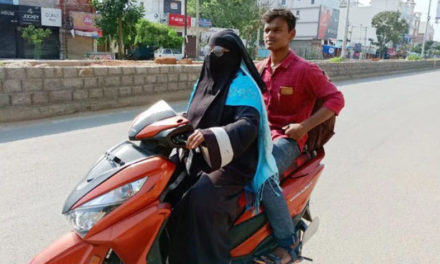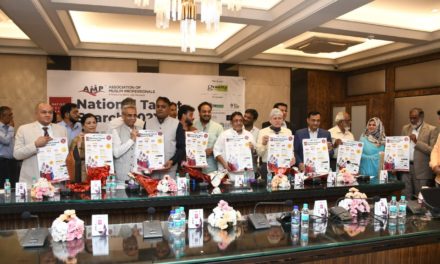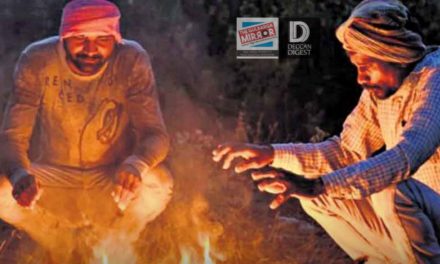Gulbarga: The great medieval Indian kingdom, Bahmani Sultanate was the first-ever Independent Islamic Kingdom in South India. The dynasty was founded as a revolt against Muhammad bin Tughlaq of the Delhi Sultanate by Zafar Khan was of Turkish origin, he took the title of Ala-ud-din Hassan Bahman Shah after establishing his kingdom in 1347. Establishing a strong rule with nearly 18 sultans for almost 200 years, the Southern King Krishna deva Raya defeated the last ruler of the Bahmani Empire which resulted split into 5 successor states around 1518, these kingdoms were collectively known as Deccan Sultanates and individually as Nizamshahi of Ahmadnagar, Qutubshahi of Golconda (Hyderabad), Baridshahis of Bidar, Imadshahi of Berar, Adilshahi of Bijapur.
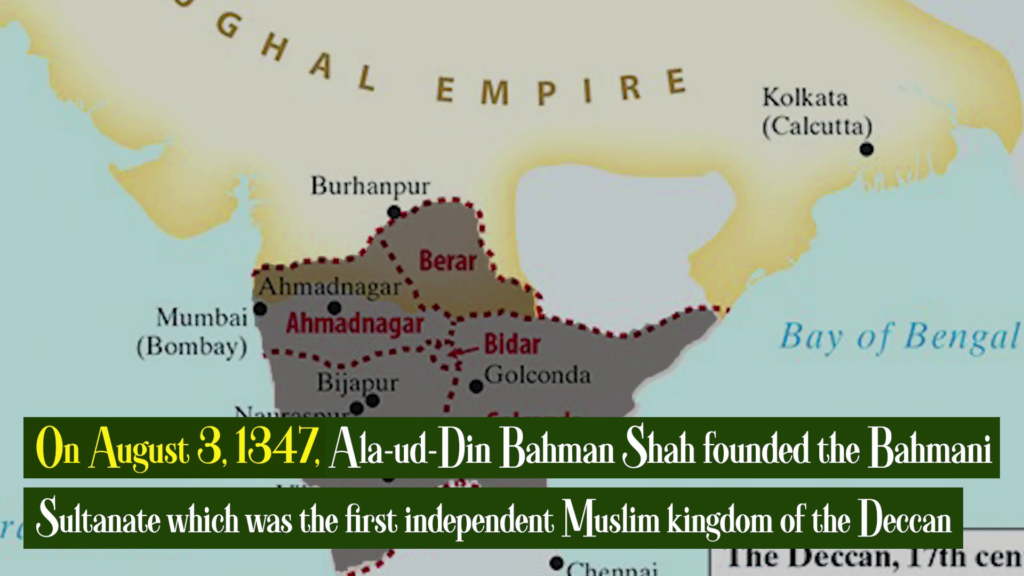
The Bahmani Sultanate had extended its regions in the current day’s Karnataka, Maharashtra, and Andhra Pradesh which all were within the territory of the Delhi Sultanate. From 1347 to 1425 Ahsanabad (Gulbarga) was the capital city later it was moved to Muhammadabad (Bidar). After its establishment, the Bahmani Sultanate was in constant conflict with its neighboring kingdom, Vijayanagara. The two empires were constantly locked in conflict, mainly over territory. The first war reportedly took place in 1399, and the second one took place in 1407, Vijayanagara lost both wars. H.K. Sherwani, in his book ‘The Bahmanis of the Deccan’ quotes Ferishta’s words about how Deva Raya II set about trying to reform his military by learning from his Muslim rivals to defeat them.

The Bahmanis followed the administrative structure of the Delhi Sultanate. Mahmud Gawan, the Wazir in Bahmani Sultanate, introduced several administrative reforms intending to have more control over the governors and nobles. Allowances were reduced to the nobles who shirked their responsibility. Gawan improved the administration, systematized finances, encouraged public education, reformed the revenue system, disciplined the army & eliminated corruption. Mehmud GAWAN built the First Residential University of Deccan at Bidar in 1472 C.E. It had the capacity of 500 students and 3000 book libraries. Students came from all parts of the Muslim world.
The Bahmanis had a keen interest in Arts, Architecture & literature. They encouraged distinct styles of architects from different parts of the Muslim world and blended them with the local styles. Sultan Alauddin Bahman undertook the construction of large buildings including the Jama Masjid and the Bala Hisar. The monuments of Gulbarga and other construction included forts, palaces, mosques, and tombs, prominent among which are the Rangin Mahal, Gagan Mahal, Chini Mahal, and Nagin Mahal reflect the Indo-Islamic style of architecture developed during that period. They invited architects from Persia, Turkey, and Arabia. The Persianate Indo-Islamic Style was also adopted by the later Deccan Sultanate as well. The Gulbarga Fort, Haft Gumbaz, Gol Gumbaz, Charminar, Jama Masjid in Gulbarga, Bidar Fort, and Madrasa Mahmud Gawan in Bidar, are also major architectural contributions of the Bahmani Sultanate. The Bahmanis got many forts rebuilt and modified for their suitability in case of military requirements. These included the covered passages and bastions. Few forts were built at strategic places, keeping the structure in mind. The famous metal handicraft style of Bidri also comes from the Bahmanis, the term ‘Bidri’ originates from Bidar.
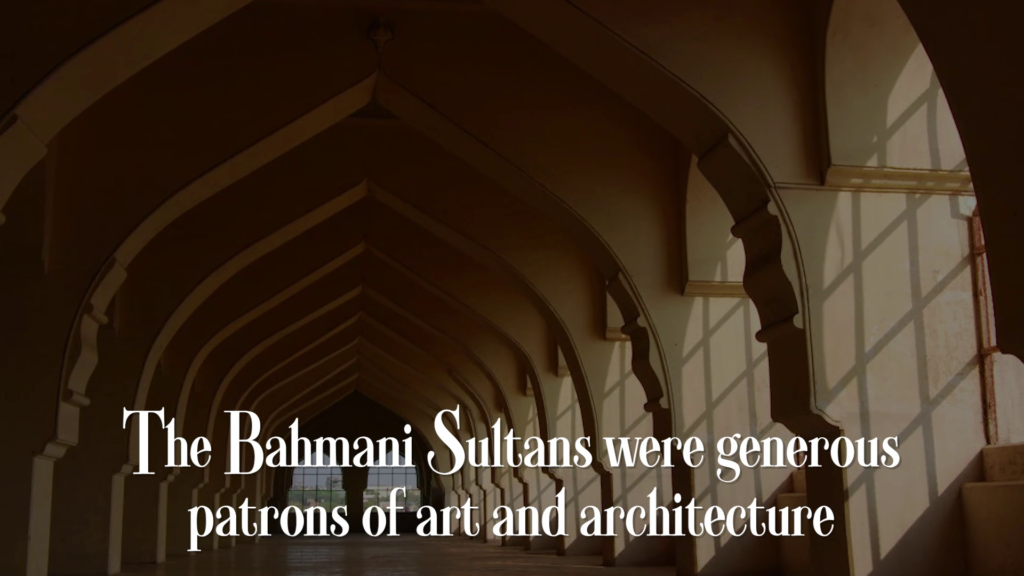
Like architecture, literature also flourished during the Bahmani Sultanate. Sultan Firoz Shah was well versed in philosophy. He was an expert in natural science, geometry, and the Quran. He gave patronage to scholars in his court. Mahmud Gawan wrote books on religion, literature, medicine, and maths. His important works were Riyaz-ul-Insha and Manazirul-Insha. The books have a perspective on polity, poetry, and other aspects. He was also an expert in Arabic calligraphy.
The Bahmani Sultans were patrons of the Persian language, culture and literature, and some members of the dynasty became well-versed in Persian as well as composing many Poems & works of literature. During Bahmani Sultanate Dakhani Urdu became the popular language and Dakhani poetry flourished at the time & is still performed in Hyderabad today. The Bahmanis patronized the Sufi saint Hazrat Banda Nawaz, and his Dargah in Gulbarga is still a pilgrimage site. The Bahmani Kingdom came as a powerful kingdom in Medieval India and contributed richly to the architecture, culture, literature and politics of the time.
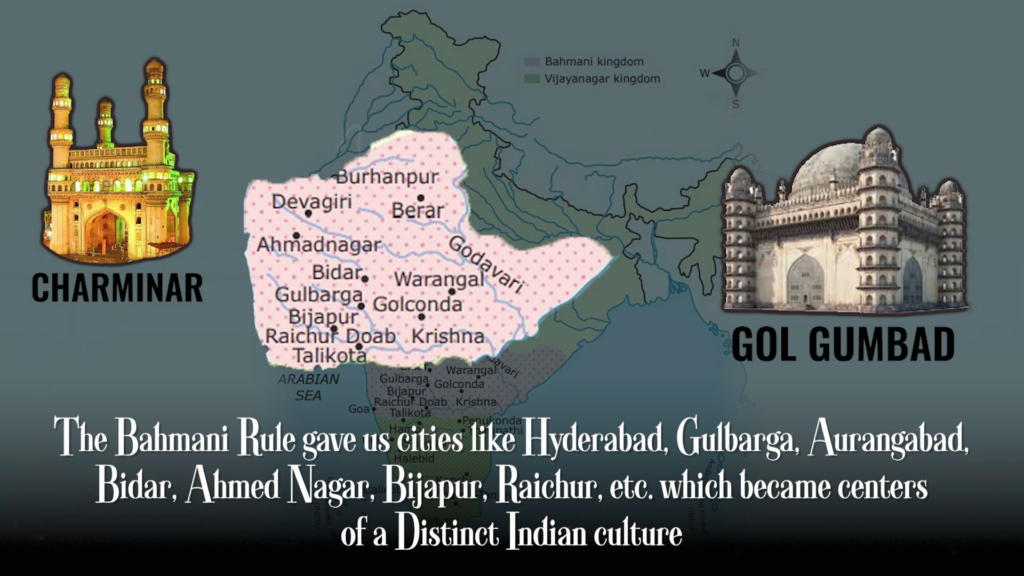
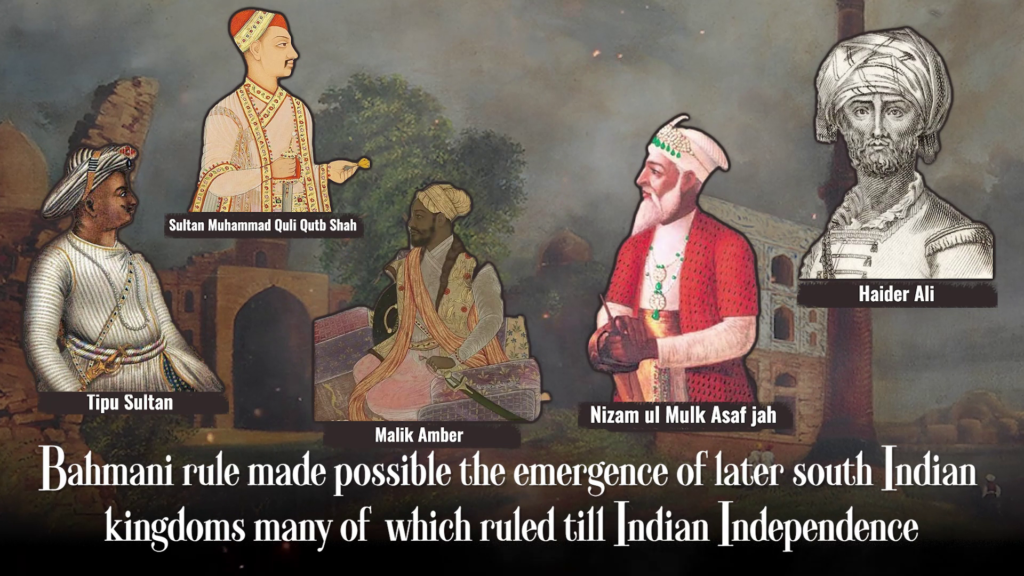
Sayeed Ahmed Nadvi for Kalam Research Foundation.

